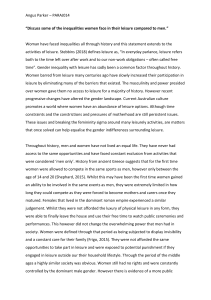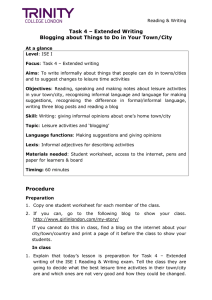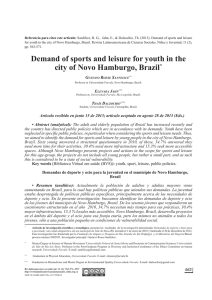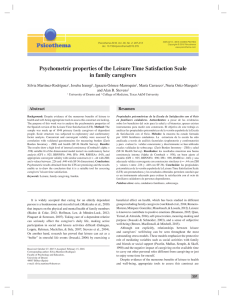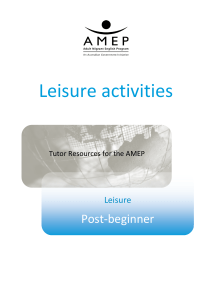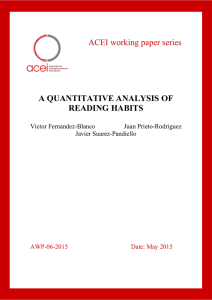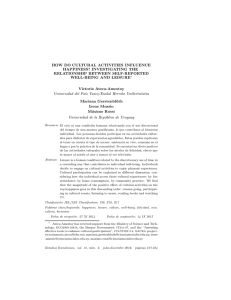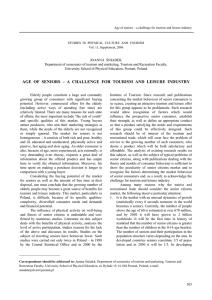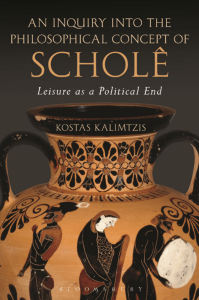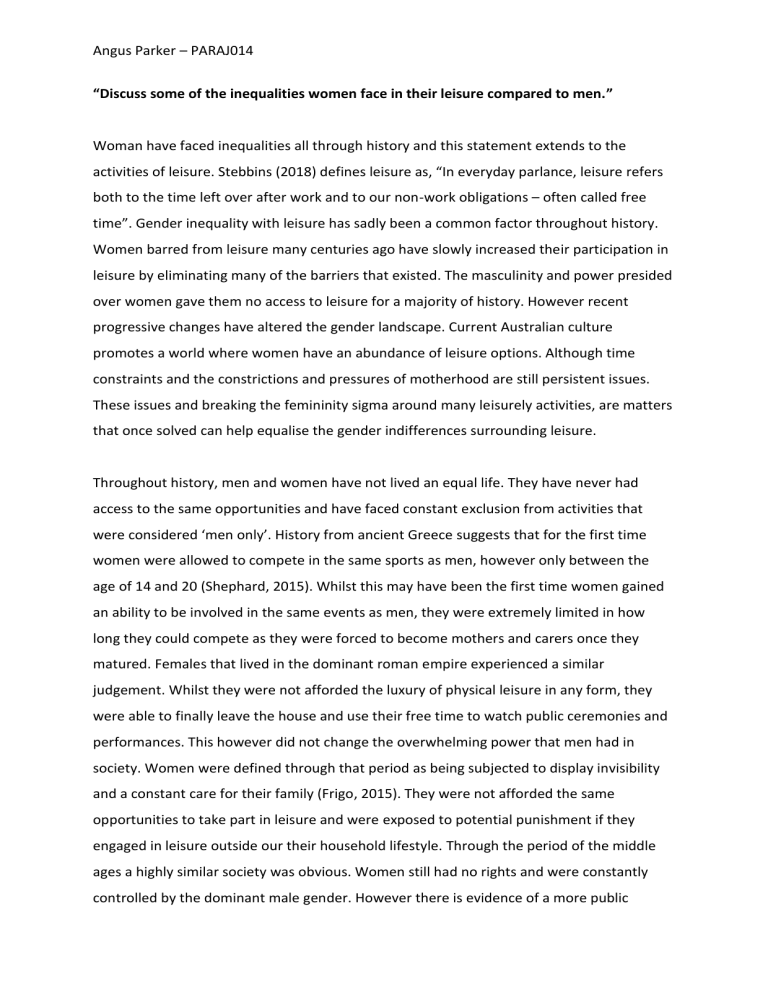
Angus Parker – PARAJ014 “Discuss some of the inequalities women face in their leisure compared to men.” Woman have faced inequalities all through history and this statement extends to the activities of leisure. Stebbins (2018) defines leisure as, “In everyday parlance, leisure refers both to the time left over after work and to our non-work obligations – often called free time”. Gender inequality with leisure has sadly been a common factor throughout history. Women barred from leisure many centuries ago have slowly increased their participation in leisure by eliminating many of the barriers that existed. The masculinity and power presided over women gave them no access to leisure for a majority of history. However recent progressive changes have altered the gender landscape. Current Australian culture promotes a world where women have an abundance of leisure options. Although time constraints and the constrictions and pressures of motherhood are still persistent issues. These issues and breaking the femininity sigma around many leisurely activities, are matters that once solved can help equalise the gender indifferences surrounding leisure. Throughout history, men and women have not lived an equal life. They have never had access to the same opportunities and have faced constant exclusion from activities that were considered ‘men only’. History from ancient Greece suggests that for the first time women were allowed to compete in the same sports as men, however only between the age of 14 and 20 (Shephard, 2015). Whilst this may have been the first time women gained an ability to be involved in the same events as men, they were extremely limited in how long they could compete as they were forced to become mothers and carers once they matured. Females that lived in the dominant roman empire experienced a similar judgement. Whilst they were not afforded the luxury of physical leisure in any form, they were able to finally leave the house and use their free time to watch public ceremonies and performances. This however did not change the overwhelming power that men had in society. Women were defined through that period as being subjected to display invisibility and a constant care for their family (Frigo, 2015). They were not afforded the same opportunities to take part in leisure and were exposed to potential punishment if they engaged in leisure outside our their household lifestyle. Through the period of the middle ages a highly similar society was obvious. Women still had no rights and were constantly controlled by the dominant male gender. However there is evidence of a more public Angus Parker – PARAJ014 display of women. Women are not confined to constant household duties and begin to have a greater presence within the community (Signe-Morrison, 2015). Archery, equestrian, jousting, and remedial therapy were all examples of leisure that could only be partaken by males. Although women were increasingly becoming more visible in society, they could not enjoy the leisurely activities. Progressing through history to the 20th century, society began to adapt to the growing wave of women who demanded equal rights and opportunities. Still, there was evidence of a divide between the genders. Women began to enjoy the leisurely activities that came with the suburbia lifestyle, however they still found it difficult to enjoy them to the same degree that males did. “Women stood at one end of the hall, men at the other. Women served food and beer, men socialised.” (Macdonald, 2017) With women commonly at social events and finally gaining access to leisurely activities on their own free time, they also began to enter the work force in areas of nursing and teaching. For the first time in history women had a definition of work and free time and were able to distinguish when they could perform leisurely activities. Women have had a large discrepancy in equal opportunities compared with men due to the way in which genders are viewed and the roles that they are perceived to undertake. Shown through history it is still evident today that women are viewed as the caring figure in a family’s life. The enormous task of giving birth to children and raising them through childhood continually proves it is a lifelong dedication from mothers. Men would play no part in the compassionate upbringing of a child and would be the constant breadwinner for the family (Macdonald, 2017). This situation was completely normal and a born expectation for all women. Women who undertook any path different were considered an outlier and would receive judgement and criticism. When considering how history has restrained the working potential of females, it is was worth noting how the assigned role of being a primary family carer is an enormously time consuming responsibility. The ability to become educated and discover new career avenues other than being a mother is something that has only become recent in the last 100 years (Griffin, 2018). Previous periods of history prevented woman from study and education. This removes the potential for large percentages of women to prosper in any career objective. Having a society that promotes women to focus on becoming mother’s and giving them no career goals meant ladies never had the chance to strive for their own success and to create power of their own. Once Angus Parker – PARAJ014 women began creating roles for themselves and starting receiving well deserved opportunities to become educated, civilisation began to see women take leadership roles and create a voice for change. This was a defining period in history that allowed women to gain equality in several crucial areas (Griffin, 2018). Leisure access for women until the 20th century was difficult because of these reasons. Time constraints played a role in the inequality however it was purely driven by the lack of power and influence women were allowed. Men’s belittlement and power over females meant for centuries that there was an imbalance in human rights. As a result of this, females have only been able to enjoy the profits of leisure in recent history. Present day there has been a seismic shift in the way women are viewed. Women’s rights are beginning to see incredible changes with equality around the world gaining heightened importance. Whilst it is evident that inequality is still part of our society, the gap is closing. Woman are overcoming constraints that previously prevented them from undertaking leisure. Firstly there was an economic and financial constraint. Earning less than men and having less buying power meant females had less money to afford the pleasure of leisure (Valtchanov 2013). This first constraint has been overcome by a greater proportion of current females as they have careers that provide sufficient income and allow them to pay the costs of leisure. In 1900 the female to male pay ratio was 0.45, for the year 2000 that lifted to 0.78, showing an increased buying power for females as well as the broadened career choices (Goldin, 2001). The second constraint that females have fought through history is the gendered nature of these leisurely activities. Women were frowned upon if they shared the desire for the same type of leisure as a male. These leisurely events were also heavily male dominated and driven, therefore it was hard for a women to even picture herself doing it (Valtchanov 2013). Modern day society has removed a substantial amount of these generalisations and civilisation now accepts that women can do the same thing men can. Overcoming this constraint has benefited woman globally. The third constraint overcome by modern society has been the ideology on what females should be doing. Previous culture would judge a woman poorly for doing something a man does. They would be ridiculed and an outlier. Today there is a minimal view on what genders should be achieving, and rather a view on what a person should be achieving (Valtchanov 2013). Overcoming this problem has meant woman can partake in leisure activities they have Angus Parker – PARAJ014 never attempted before and not feel judged or discriminated. Due to this increased interest, far greater and increased amounts of opportunities arise. Woman’s Australian rules football is a prime example. Never considered an leisurely activity that girls could take part in, they were constant sideline supporters. However, now women can strive to do the same things men can, and they can share the same passions (McGowan, Downes, 2018). The views of inequality in expectations and interests have limited the female’s ability to participate in leisure, this is only something that is beginning to break down now. Following a progressive last century that saw gender equality increase and the female participation in leisure skyrocket, there are still areas for improvement. Previous concepts on whether a leisure activity was too masculine for females or not appealing for the community are still constant constraints that prevent females from leisure (Jun & Kyle, 2012). Women’s sport is a fantastic example of how women and men are increasing equality when it comes to leisure. One hundred years ago, no one imagined witnessing females in the professional sports arena. This meant no young girls had any ambition to even attempt sport as a form of leisure. Present day we can see the gigantic cultural shift and how the mindset of the entire population has progressed and transformed. Current society now gives women the belief and power to undertake any form of leisure that they want. However modern culture still does not display equal opportunities for males and females. There are still challenges ingrained into our way of life. Valtchanov (2013) explains, “women are disadvantaged or oppressed within patriarchal society, and their subordinate status within that society limits their access to, and enjoyment of, leisure.” Disadvantaged for the entirety of civilisation, women are still finding barriers for leisure. Systematic changes must occur for mutual equality of leisure. The removal of gender-based stigma is essential to a progressive agenda that promotes higher rates of leisure for females. Female participation rates in leisure are at record height, yet expectations are still not equal. Taniguchi and Shupe (2014) describe the expectation of leisure inequality as, “there remains a greater expectation in our society for men than for women to be involved in sports/fitness”. The past has seen dramatic progress, however the constraints to present and future females are evident. Angus Parker – PARAJ014 Gender inequality has had a profound effect on the female participation of leisure. Through Greek and Roman empires based on the empowerment of men and belittlement of women, to the middle ages where women were household captives, raising their youth and performing household duties. Present day the report defines the progressive shift that has enabled all women to participate in some form of leisure. The different aspects of leisure have also broadened through time. Modern day constraints of time, money, and power are still evident. Society still fails to see complete leisure equality due to a power imbalance. Women can attempt any form of leisure they wish, however they fear judgement. When women can enjoy the leisure they desire without any form of gender vilification, and the constraints they face are avoided, that is when gender equality of leisure will be achieved. Word Count: 1817 Angus Parker – PARAJ014 References Frigo, N. Women in ancient Rome [online]. Agora, Vol. 50, No. 3, October 2015: 53-57. Availability: <https://search-informit-comau.access.library.unisa.edu.au/documentSummary;dn=597284024097332;res=IELHSS> ISSN: 0044-6726. [cited 24 May 19]. Goldin, C. (2001). Gender Gap. In: The Library of Economics and Liberty, 1st ed. EconLib, p.1. Griffin, E. (2018). The Emotions of Motherhood: Love, Culture, and Poverty in Victorian Britain. The American Historical Review, 123(1), pp.60-85. Jun, J & Kyle, G (2012). ‘Gender Identity, Leisure Identity, and Leisure Participation’, Journal of Leisure Research, vol. 44, no. 3, pp. 353–378. Macdonald, C. (2017) 'Women and men - Parallel worlds: mid-20th century', Te Ara - the Encyclopedia of New Zealand, http://www.TeAra.govt.nz/en/women-and-men/page-4 (accessed 20 May 2019) McGowan, L & Downes, G 2018, ‘The Challenges Remain: A 'new' view of old perspectives on the history of women's football in Australia’, Social Alternatives, vol. 37, no. 2, pp. 62–70. Shephard, R. (2015). An illustrated history of health and fitness, from pre-history to our postmodern world. Springer International Publishing, Cham, pp.163-165. Signe-Morrison, S. (2015). Medieval Woman's Companion : Women's Lives in the European Middle Ages. Oxford: Casemate Publishers, pp.140-165. Stebbins, RA 2018, ‘Leisure as not work: a (far too) common definition in theory and research on free-time activities’, World Leisure Journal, vol. 60, no. 4, pp. 255–26 Angus Parker – PARAJ014 Taniguchi, H & Shupe, FL 2014, ‘Gender and family status differences in leisure-time sports/fitness participation’, International Review for the Sociology of Sport, vol. 49, no. 1, pp. 65–84. Valtchanov, BL 2013, ‘Critical Intersections of Gender, Race and Ethnicity: Leisure Constraints, Negotiations and Resistances of Immigrant Adolescent Girls’, University of Waterloo.
